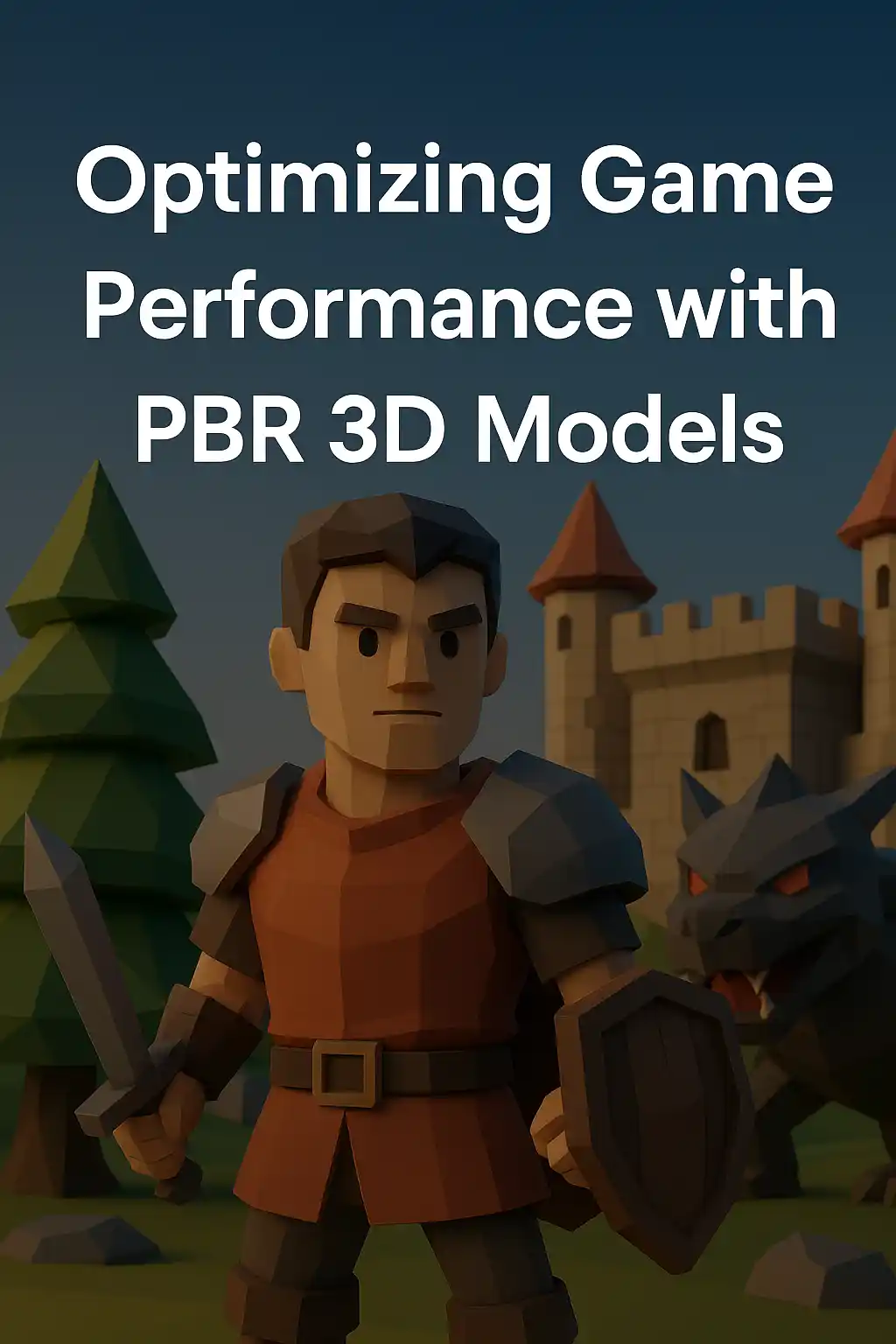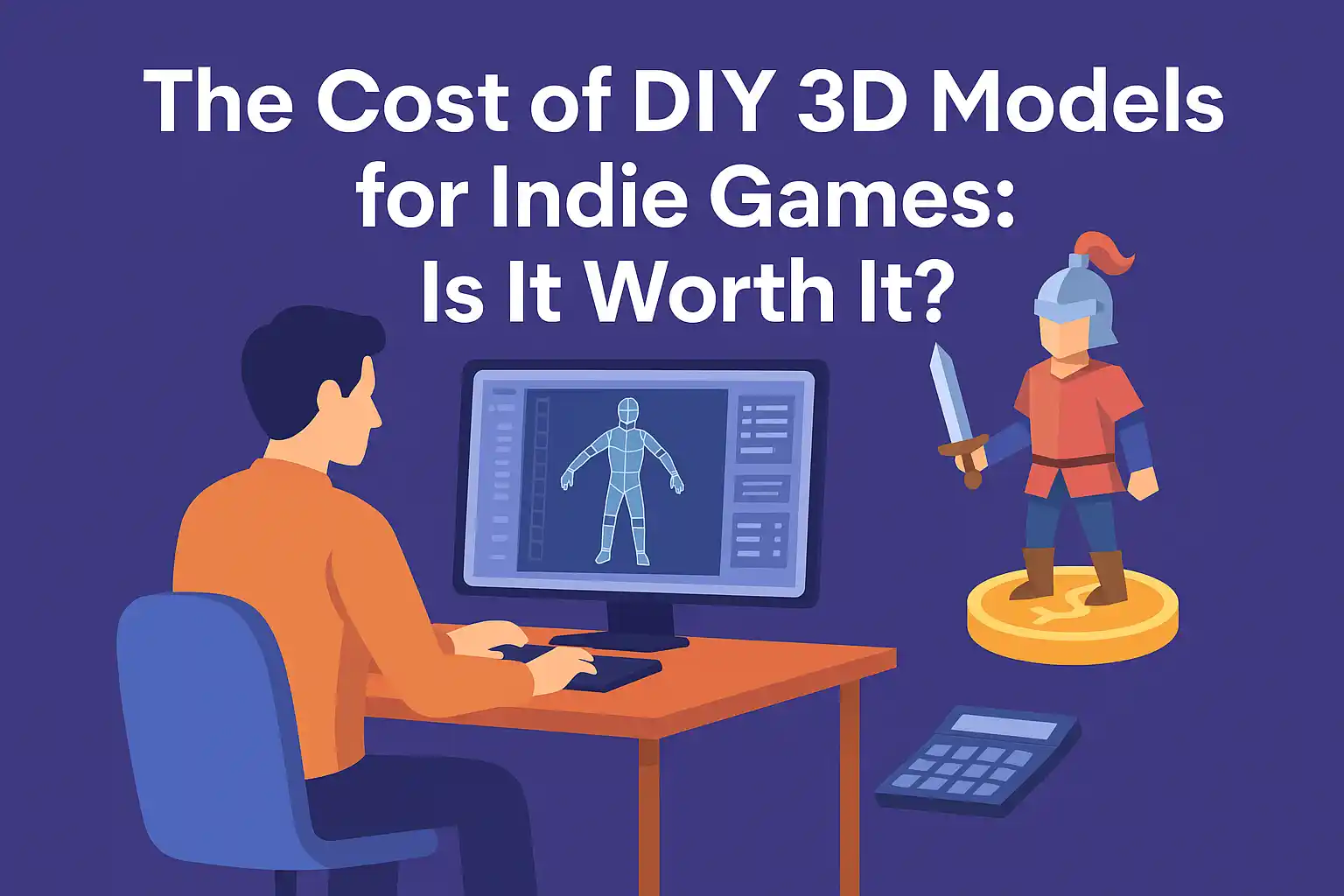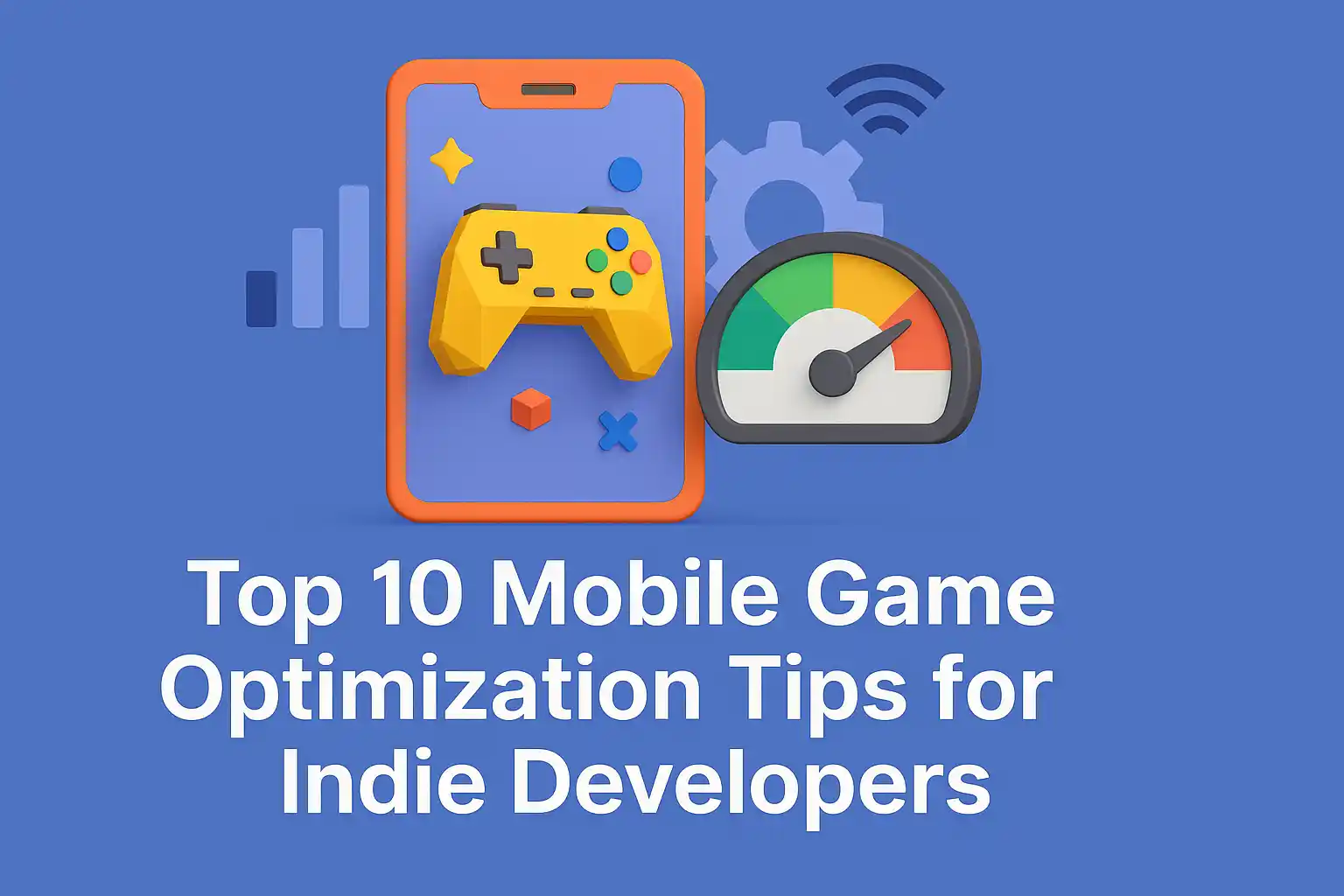Top 10 Mobile Game Optimization Tips for Indie Developers
by Animatics Asset Store in Blog on October 3, 2025Developing a mobile game as an indie developer is exciting, but it comes with challenges. One of the biggest hurdles is ensuring your game runs smoothly on a variety of devices. Mobile game optimization is essential to reach more players, keep them engaged, and prevent negative reviews. In this guide, we’ll explore the top ten tips for optimizing mobile games. Each tip provides real value to help indie developers create better, faster, and smoother games.
1. Optimize 3D Assets and Models
3D assets often consume the most memory and processing power. Using high-poly models everywhere can drastically reduce performance. Simplify geometry where possible without sacrificing visual quality. Tools like Blender and Maya can help reduce polygon count.
For indie developers looking to save time and resources, the Animatics Assets Store provides free, optimized 3D assets. These models are ready to use in mobile games and are designed to run efficiently on low- to mid-range devices. Using pre-made, optimized assets allows you to focus more on gameplay rather than asset creation.
Fact: Studies show that games using optimized 3D models can improve frame rates by up to 40% (Unity Report 2023).
2. Compress Textures Without Losing Quality
Textures are critical for visuals, but large textures can kill performance. Compress images to reduce memory usage. Use formats like ETC2, ASTC, or PVRTC depending on the target platform.
Mipmaps can help reduce the load for objects far from the camera. Keeping textures optimized ensures your game remains visually appealing while running smoothly on multiple devices.
3. Use Efficient Animation Techniques
Animations can be heavy on CPU and GPU. Instead of high-frame-rate animations everywhere, consider keyframe reduction. Use skeletal animations for characters instead of vertex animations when possible.
Blending multiple animations smartly can also reduce the computational load. Smooth, optimized animations improve the player experience without sacrificing performance.
Fact: Games using efficient skeletal animation pipelines can see up to 30% performance gains on mobile devices (Gamasutra Report 2022).
4. Implement Level of Detail (LOD) Systems
Not every object in a game needs high detail at all times. LOD systems reduce the polygon count of objects that are far from the camera. This technique helps maintain frame rates while keeping the visual quality intact.
LOD is particularly useful in open-world mobile games or large levels with many objects. It’s a simple yet powerful way to balance visuals and performance.
5. Optimize Physics Calculations
Physics simulations can drain CPU resources quickly. Simplify collision meshes using primitive shapes like boxes, spheres, or capsules instead of complex meshes.
Limit the number of active physics objects in a scene. Disabling physics calculations for off-screen objects can dramatically improve performance. Proper physics optimization ensures that your game runs smoothly even during complex interactions.
Fact: Optimizing physics can increase battery life by 10–15% in mobile devices (GameDev Report 2022).
6. Manage Draw Calls
Every object rendered in a scene requires a draw call. Too many draw calls slow down your game. Combine meshes where possible and use batching techniques to reduce the number of draw calls.
Using instancing for repeated objects like trees or crates can also save processing power. Reducing draw calls is a crucial part of mobile game optimization and can significantly boost frame rates.
7. Optimize Memory Usage
Mobile devices have limited memory. Avoid memory leaks and unnecessary object creation. Use object pooling for bullets, enemies, and other frequently spawned objects.
Monitor memory usage regularly. Tools like Unity Profiler or Unreal Insights help track memory spikes and garbage collection issues. Proper memory management prevents crashes and long loading times, enhancing user experience.
8. Optimize Shaders and Lighting
Advanced shaders can make your game look amazing, but they can also be heavy on GPUs. Use mobile-friendly shaders that balance quality and performance.
Real-time lighting should be minimized. Instead, bake lights when possible. Combining baked lighting with a few dynamic lights reduces GPU load while keeping scenes visually rich.
Fact: Games using baked lighting can see up to 50% improvement in GPU performance (Unity Mobile Report 2023).
9. Reduce Load Times
Long load times frustrate players and increase the likelihood of app abandonment. Compress assets and use streaming to load objects on demand.
Implement asynchronous loading for levels and assets to keep gameplay smooth. Reducing initial load times improves player retention and increases engagement.
Fact: A study by GameAnalytics shows that games with load times under 5 seconds retain 20% more users in the first session.
10. Test Across Multiple Devices
Indie developers often test on one or two devices. This approach can miss performance issues on other phones. Test your game on devices with different resolutions, GPU capabilities, and memory sizes.
Use cloud testing platforms or beta testers to get real-world performance data. Device diversity testing ensures your game runs well for as many players as possible.
Use Optimized Assets From Reliable Sources
Finding high-quality assets optimized for mobile can save weeks of development. The Animatics Assets Store offers ready-to-use free 3D models, textures, and props for indie developers. These assets are pre-optimized for performance, which is crucial for mobile games.
By integrating these models, developers can focus on gameplay, story, and mechanics rather than spending excessive time on asset optimization.
Fact: Using pre-optimized assets can cut development time by 25–30% while improving frame rates on low-end devices (Indie Dev Report 2023).
Conclusion
Mobile game optimization is more than just a technical step. It affects player experience, retention, and monetization.
For indie developers, focusing on optimized 3D assets, compressed textures, efficient animations, physics, draw calls, memory management, shaders, load times, and device testing is key. Combining these techniques helps create games that look great, run smoothly, and keep players coming back.
By using resources like the Animatics Assets Store, indie developers can save time and access high-quality 3D assets that are already optimized for mobile.
If done right, these strategies allow indie games to compete with big-budget titles. Players get a smooth experience, developers save time, and the game stands out in the crowded app stores.






